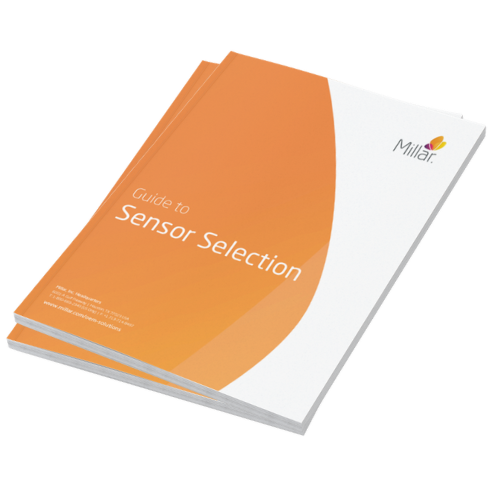Test Our MEMS Technology
Want to test Millar's MEMS pressure sensors with a medical device and get an inside look at our capabilities? Millar offers a fully customizable MEMS Developer Kit to test integration with your existing medical devices and technology.

Get an Inside Look at Our Capabilities
Although customizable to customer needs, a typical MEMS Developer Kit includes:
- MEMS Connect (1F, 2F, or 3F)
- PCU-2000
- PowerLab Data Acquisition System
- Interface Cables
Sensor integration is a challenging task and the first step to ensuring a smooth design phase is to choose the best suiting sensor for your application.
Millar's microelectromechanical systems (MEMS) are high-performance, medically proven pressure sensors that integrate with a wide variety of medical devices and applications to provide continuous, real-time insights into existing patient conditions.
Leveraging both our high-fidelity sensors and our extensive pressure sensing expertise, this initial testing and analysis can help identify potential issues early in the development process, eliminating unnecessary costs and delays, and gaining insight into project scope and future manufacturing requirements.
Read What Our Customers Are Saying:
“Partnering with Millar has really helped us understand what is needed to take our device to the next level. Being able to benchtop test their sensors in our device prototypes was very insightful and helped us get to know their sensor technology."
Guide to Sensor Selection
Not ready to purchase a MEMS Developer Kit yet? Learn more about the sensor selection process by downloading our Guide to Sensor Selection.
Each sensor has certain capabilities and limitations. To choose the best sensor for your device, one must consider a variety of factors.

MEMS Sensors Advance Medical Device Development
MEMS pressure sensors operate by converting pressure signals into electrical signals via small strain gauges, called piezoresistors, implanted in a thin silicon membrane. As pressure deflects the membrane, it creates mechanical strain, which is then transformed into a change in electrical resistance and read out as a change in voltage. The interface electronics can connect to commercially available monitors and leverage existing device circuitry, reducing system complexity, lowering project costs, and increasing speed to market.
Specifications
|
Notes *Drift data calculated from production level MEMS catheters following a 30-min pre-soak in room temperature water and subject to normal room temperature and corrected for barometric changes. **Accuracy per AAMI BP22 |
*Drift data calculated from production level MEMS catheters following a 30-min pre-soak in room temperature water and subject to normal room temperature and barometric changes. | |
| Absolute piezoresistive sensor 1F Sensor |
Gauge piezoresistive sensor 3F Sensor | |
| Pressure Range | 500 to 1000 mmHg absolute | -50 to +300 mmHg (-6.7 to 40kPa) |
|---|---|---|
| Drift* | Max <3 mmHg over 23 hours | Average = 0.89 ± 0.44 mmHg over 7 days Max <2.5 mmHg over 7 days Max <5 mmHg over 30 days |
| Temperature Error Band (At Zero Pressure) |
±3 mmHg (±0.4 kPa) BSL, 23–38°C | ±1 mmHg (±0.13 kPa) BSL, 23–38°C |
| Accuracy Error** | < +/- 3% over the range -30 to 300 mmHg applied pressure | < +/- 3% over the range -30 to 300 mmHg applied pressure |
| Signal Interface | Analog: Differential voltage output | Digital: 12C output | Analog: Differential voltage output | Digital: 12C output |
Contact Millar
Contact Millar OEM Solutions today to collaborate on your next project. We welcome your questions and ideas on OEM Solutions implementation. US Headquarters T: +1 832.667.7000 Toll Free: 800.669.2343 (US Only)
